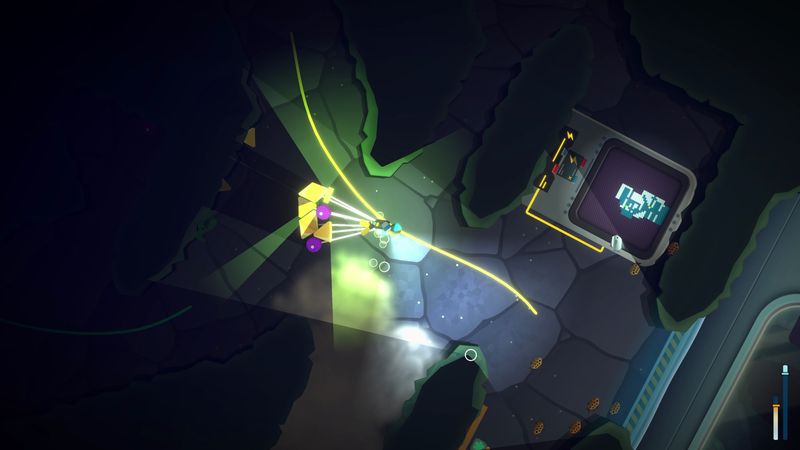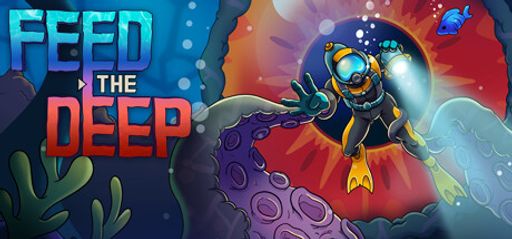Feed the Deep is an intriguing undersea roguelike that mixes an eerie Lovecraftian atmosphere with engaging resource management mechanics. As a completionist, I jumped in right away, excited to uncover every secret the game had to offer. With its procedural level design and atmospheric pixel art, the game puts a unique spin on the genre. Although it has some rough edges—especially in the tutorial flow and control systems—Feed the Deep offers a captivating experience that, with some tweaks, could become a genre favorite. Now, let’s dive deeper into the gameplay, story, visuals, and overall experience of this underwater adventure.
Overall Impressions
As a completionist, I dove into Feed the Deep with excitement, eager to find every hidden secret. The game’s Lovecraftian undersea caves immediately caught my attention. Its procedural levels change every time, keeping things fresh. Collecting gold and upgrading gear feels rewarding—most of the time. Compared to other roguelikes, Feed the Deep stands out for its eerie atmosphere and resource management. However, it has some issues with the early tutorials and pacing. When compared to titles like Dead Cells or Hades, this game feels a bit rough. Still, its unique underwater twist shows a lot of promise.
Gameplay Mechanics
Feed the Deep mixes roguelike progression with resource management. You dive, loot chests, and feed your mysterious Deep. Each run starts with three adventure options unlocked, which can confuse new players. One reviewer mentioned that they missed key tutorials by jumping straight to the third quest. I agree with that. Locking each mode until you finish the previous one would make learning the game easier.

Upgrades come in two forms: tools you carry and hidden passive upgrades. Personally, I found myself clicking floating icons to activate items mid-dive, which felt a bit clunky—especially when I was under time pressure. Collecting resources from chests and then manually stocking your shop can break the flow. However, when you manage to complete a smooth run, the satisfaction is huge. My best moment came when I combined a radiant harpoon with pressure-resistant armor. I cut through caves and found a secret vault of gold. That rush of empowerment is exactly why I chase perfection in every roguelike.
Story and Characters
Feed the Deep focuses on telling its story through the environment rather than through characters. Ancient inscriptions in sunken temples hint at a lost civilization. I found myself scanning every corner for bits of lore. Each cave system revealed pieces of a larger, darker story. Characters in the game are mostly quest-giving spirits and mysterious voices from the Deep, whispering warnings or challenging you. While I wished for more detailed personalities, the mystery keeps me coming back for more exploration.
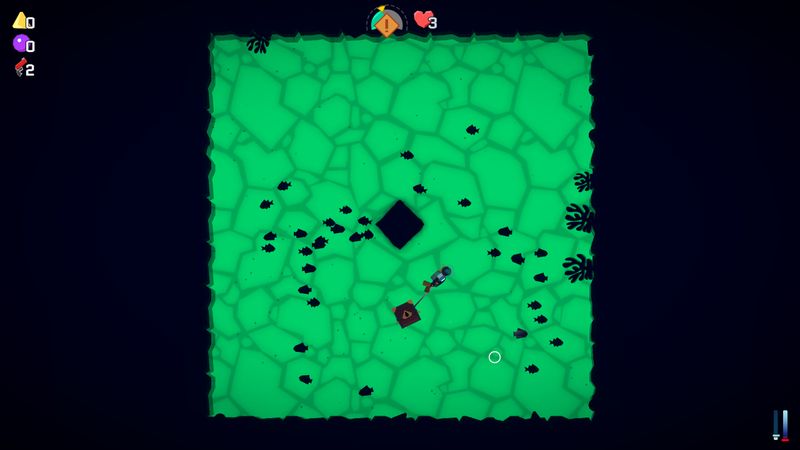
Visuals and Graphics
Luke Muscat’s hand-crafted pixel art is one of the standout features. Murky blues and glowing lights paint a haunting underwater world. The animations are smooth, from swirling silt to creatures darting in the dark. I found myself stopping often just to admire the torchlight dancing on the walls. While some cave textures repeat, the game’s procedural design keeps exploration feeling fresh. There were a few minor glitches when squeezing through tight spaces, but these didn’t disrupt the experience. Overall, the visuals do a great job of setting the tone and mood.
Sound and Music
The sound design adds to the feeling of isolation. Low-frequency drones and distant whale songs echo underwater. Each swing of my harpoon echoed through the chambers. The soundtrack mixes piano and industrial percussion, getting more intense as I go deeper. There was one especially chilling melody in a sunken temple that stayed with me long after I stopped playing. Luke Muscat’s use of ambient sounds and music is one of the game’s strongest features.
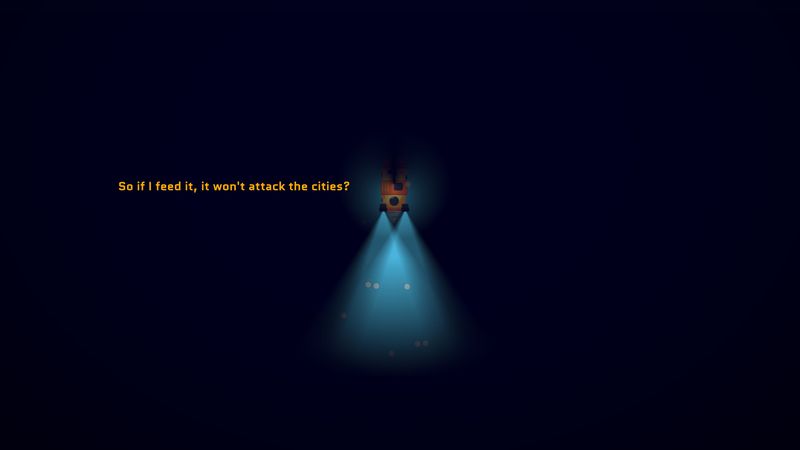
Difficulty and Replayability
Feed the Deep presents a challenging tone right from the start. Players restart with basic gear each dive, resetting progression, which fuels my completionist drive to earn all the upgrades. Some upgrades feel subtle, and one player noted, “Most upgrades do not make you feel stronger.” I can see that. Early upgrades act more like stepping stones, while mid- to late-game enhancements really make a difference. Combat difficulty scales fairly, but time-limited side quests can feel punishing if you mismanage your controls.
Replayability is a big draw, with grind-friendly loops and surprising procedural elements. I often revisited old zones to find hidden loot passages and test out different upgrade builds. A recommendation for an in-game map is something I strongly agree with. I often found myself at dead ends while searching for elusive resources. Adding a map would definitely help with strategic planning and reduce frustration.
Developer Trivia
Feed the Deep is both developed and published by Luke Muscat, who took on art, audio, and coding duties. In an interview, Muscat shared that he drew inspiration from early roguelikes and maritime folklore. He spent two years refining the procedural engine. Community feedback played a big role in recent patches, particularly with level layouts and resource scarcity. Muscat plans to add more narrative content in future updates.
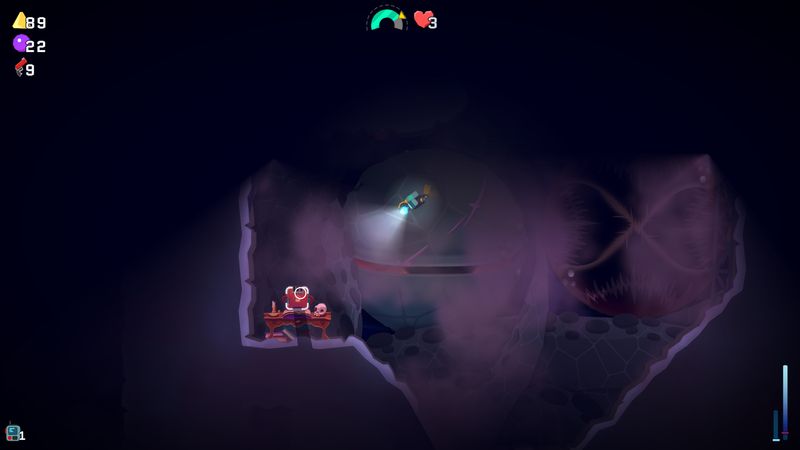
Conclusion and Rating
Feed the Deep offers a captivating undersea roguelike experience. Its atmospheric visuals and sound design stand out, while procedural levels and upgrade variety offer solid long-term appeal. However, early tutorial flaws and clunky inventory controls do hold it back. As a completionist, I loved finding its hidden vaults and rare relics. The core gameplay loop is satisfying, but it could use a bit more polish to rival the top-tier roguelikes.
Rating: 4 out of 5 stars
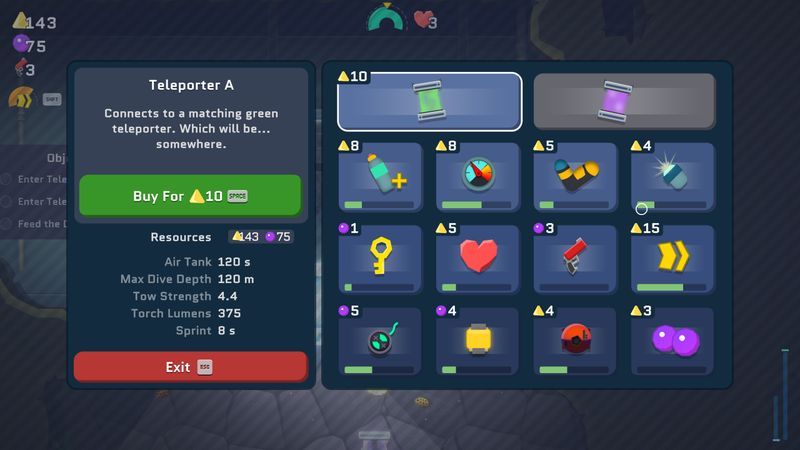
Pros
Feed the Deep immerses players in a Lovecraftian atmosphere, drawing them into its eerie and mysterious world. The game’s procedural design ensures that each playthrough feels fresh and unpredictable. The stunning pixel art and atmospheric soundscapes also enhance the overall experience, keeping things visually captivating from start to finish.
Cons
However, there are some drawbacks. The early tutorial flow can confuse new players, making it hard to grasp the game’s mechanics. Additionally, the clunky resource-management controls can cause frustration, disrupting the otherwise smooth gameplay. Finally, while there are upgrades available, they often lack a significant impact, making them feel less rewarding.

Overall, Feed the Deep shows great potential. With a few improvements to the first-time user experience (FTUE) and adjustments to inventory and resource management systems, this game could easily become a genre staple. Completionists, in particular, will love uncovering the numerous secrets scattered throughout the game.
